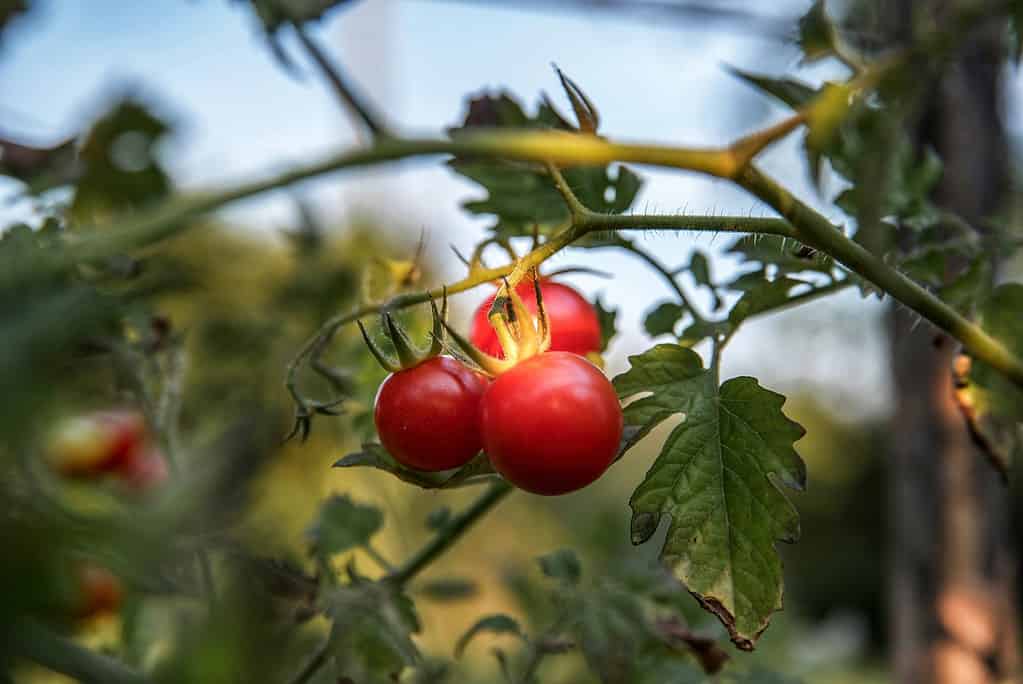
The fact that the world uses too much pesticides shouldn’t be a secret to anyone. These pesticides ensure that we can produce more food without pest destruction, but these chemicals also cause long-term damage. Pesticides have been linked to a variety of environmental and health issues. And, on the environmental side, they can contaminate soil, water, and other vegetation.
In addition to killing insects or weeds for which they were intended, pesticides can also harm non-target species, including beneficial insects like bees and butterflies that play crucial roles in pollination. Over time, the use of pesticides can lead to the development of resistance in pest populations, making it increasingly difficult to control them and creating a cycle of dependency on ever more potent chemical solutions.
However, as bad as they are, we can’t give up on pesticides until we have suitable alternatives. Thankfully, though, scientists are discovering more and more options. In this particular case, they looked at rose terpenoids.
Terpenoids as pesticides
Terpenoids are a diverse class of organic volatile compounds found in plant essential oils. They are responsible for their characteristic aromas and often possess medicinal properties. In this context, they are important because they regulate plant defences against pests. This means that they can help plants defend themselves against invaders.
In one classic example, mint was grown near soybean and komatsuna plants (also called Japanese mustard spinach). The mint began to release strong volatile compounds that the other plants picked up on. This, in turn triggered the other plants’ defence systems, something which biologists call “eavesdropping”. In turn, this made the plants more resilient to threats. Specifically, when soybeans were grown near certain types of mint plants — candy mint and peppermint — they exhibited increased levels of defense gene RNA.
In a new study, researchers from the University of Tokyo wanted to see whether terpenoids in essential oils could have a similar effect. They applied 11 different essential oil substances to the soil of potted tomato plants and performed molecular analyses to see how gene expression changed inside the plant tissues.
“Essential oils used as fragrances for various purposes contain odor components, which may have the ability to work like volatile compounds in conferring pest resistance. We aimed to investigate the effects of these EOs on plants’ insect pest resistance,” says Professor Gen-ichiro Arimura from the Department of Biological Science and Technology at the Tokyo University of Science (TUS).
Rosy tomatoes
They found that out of the tested oils, rose essential oil performed the best. For starters, it triggered the expression of PIR1 and PIN2, two genes involved in plant defence. They also had reduced leaf damage due to pests compared to the controls and plants treated with other essential oils.
Then, they carried out a larger field experiment. In the experiment, the tomato plants treated thusly had 45.5% lower pest damage compared to the control. This suggests that, at the very least, rose essential oil can be used to reduce pesticide use in a practical context.
“Our results were validated in field trials, providing evidence that rose essential oil is an effective biostimulant for enhancing plant defense against pests. Notably, the rose essential oil solution also had the added benefit of attracting herbivore predators, such as Phytoseiulus persimilis. Our findings suggest a practical approach to promote organic tomato production that encourages environmentally friendly and sustainable practices,” the researchers conclude in the study.
Journal Reference: Eiki Kaneko, Kenji Matsui, Ruka Nakahara, Gen-ichiro Arimura. Novel Potential of Rose Essential Oil as a Powerful Plant Defense Potentiator. Journal of Agricultural and Food Chemistry, 2024; DOI: 10.1021/acs.jafc.3c08905
Thanks for your feedback!


